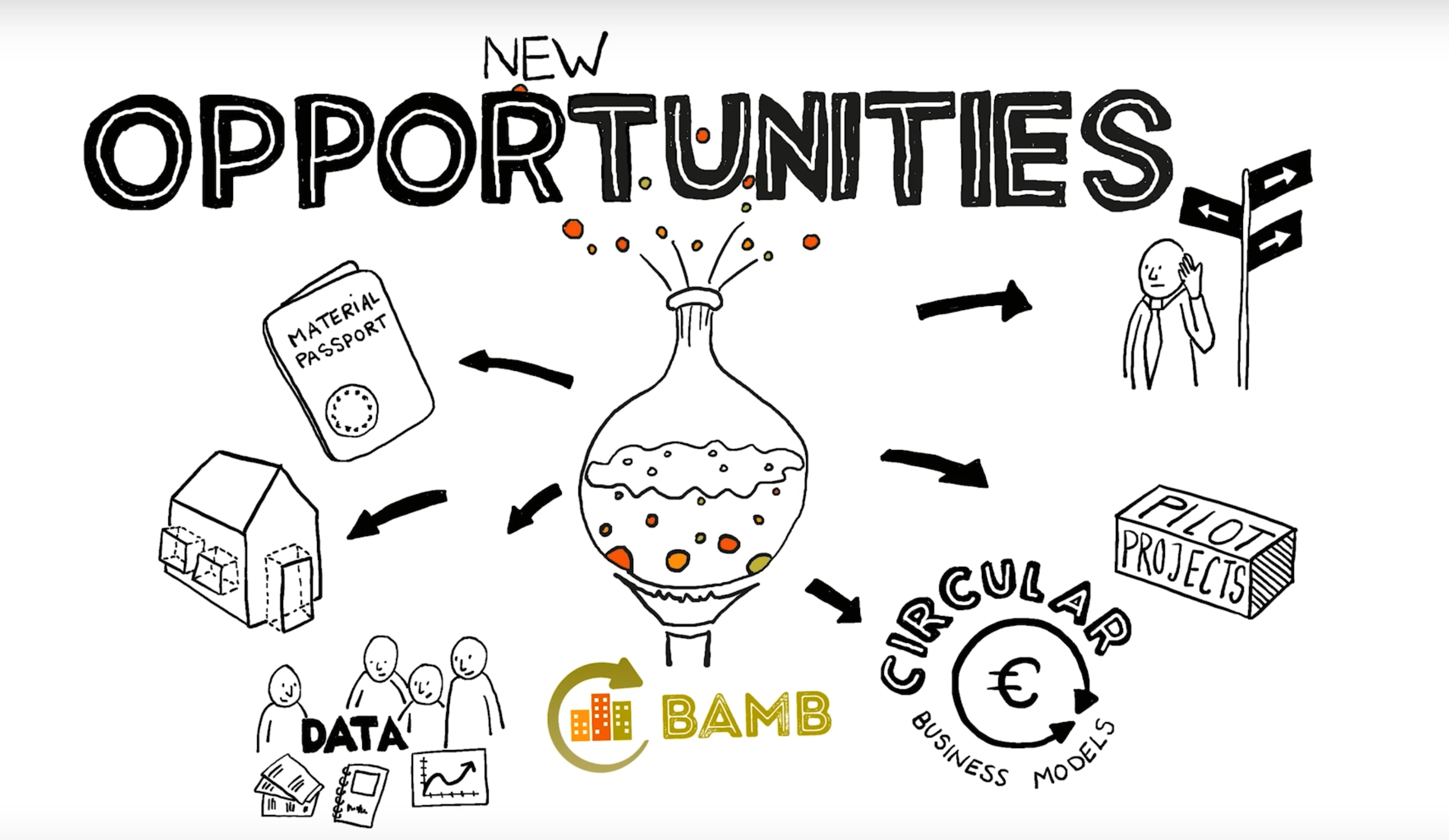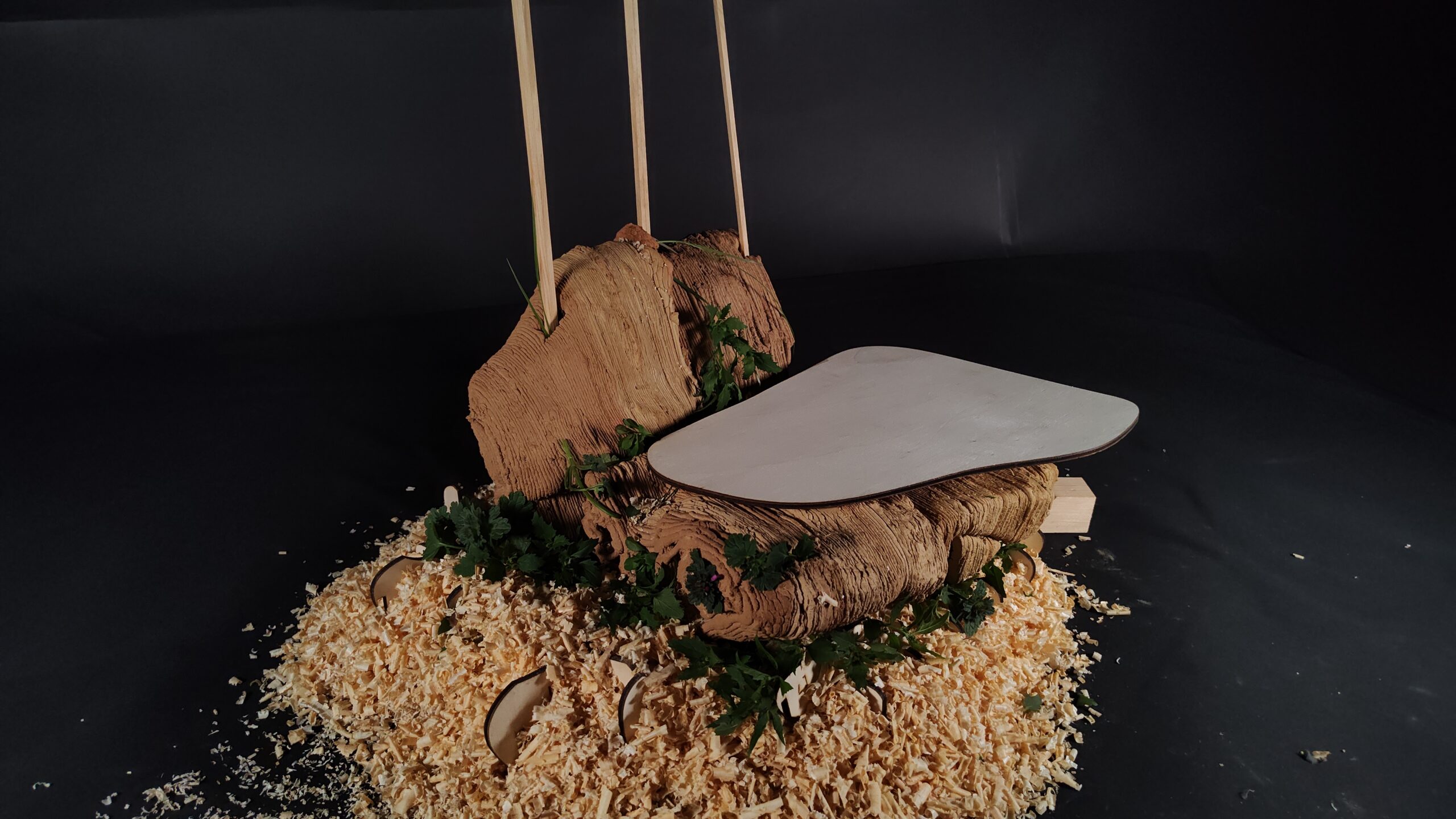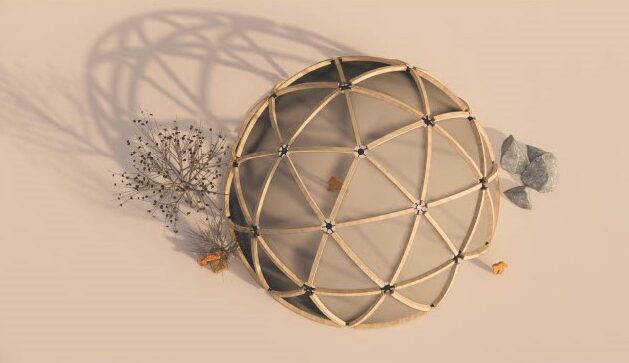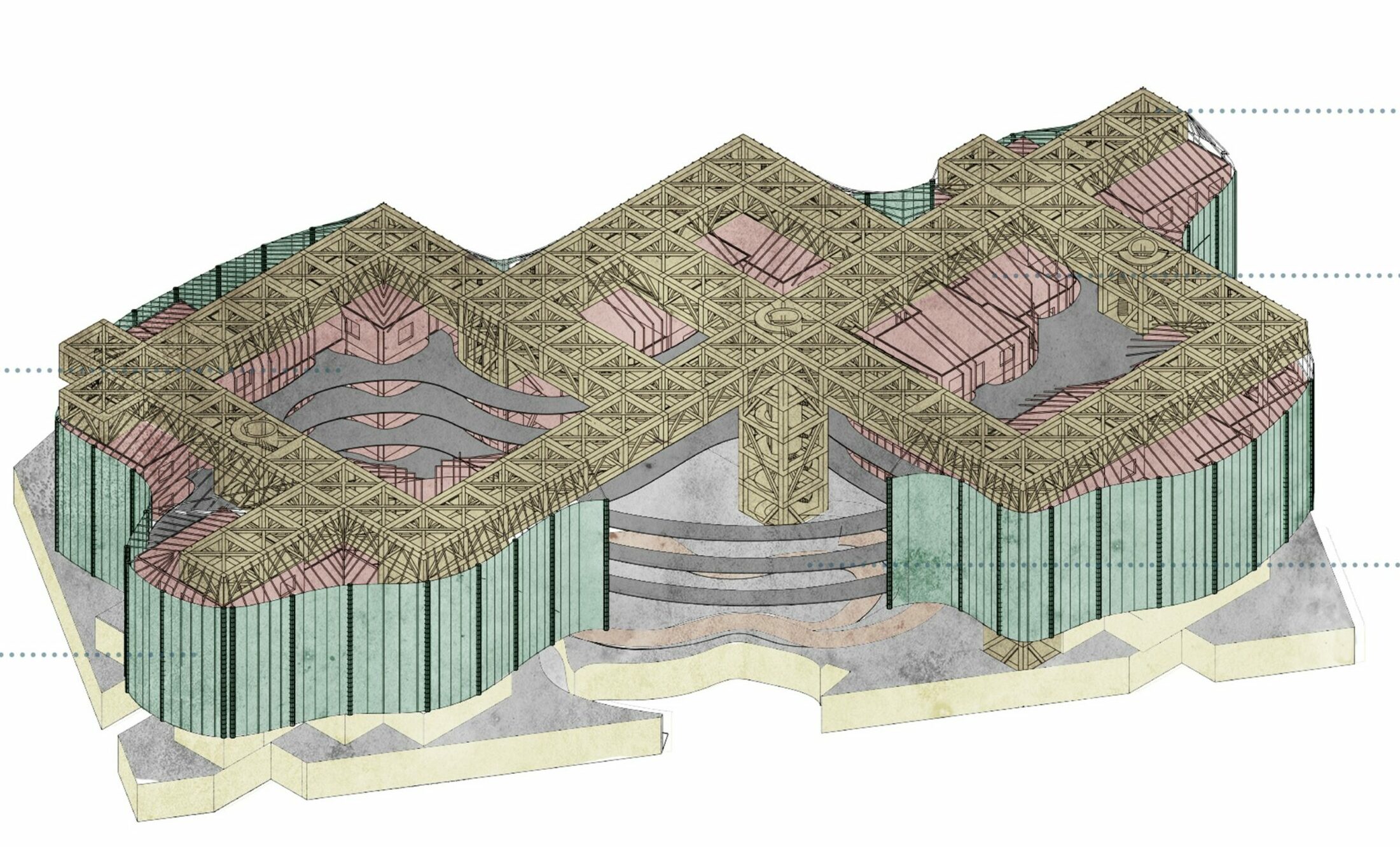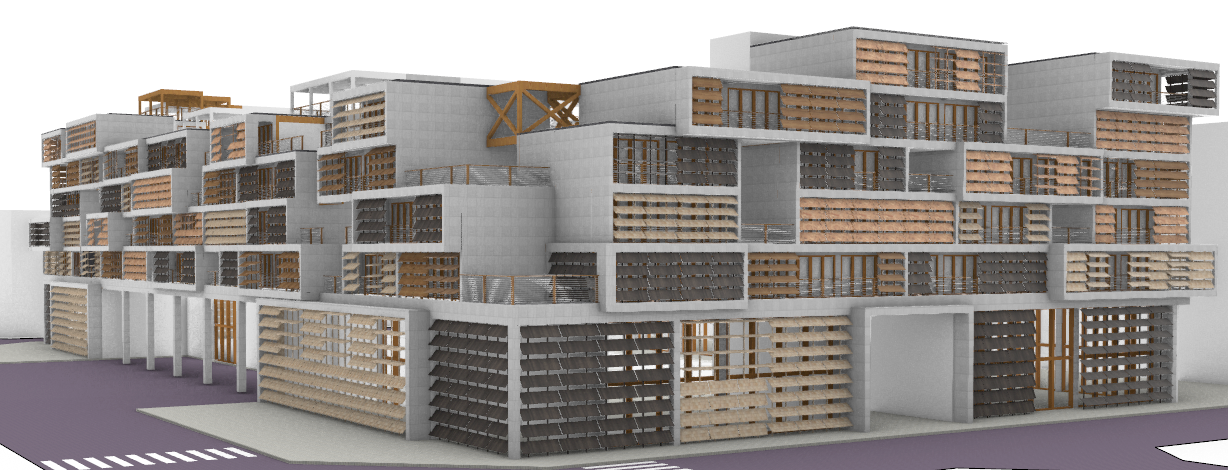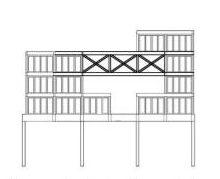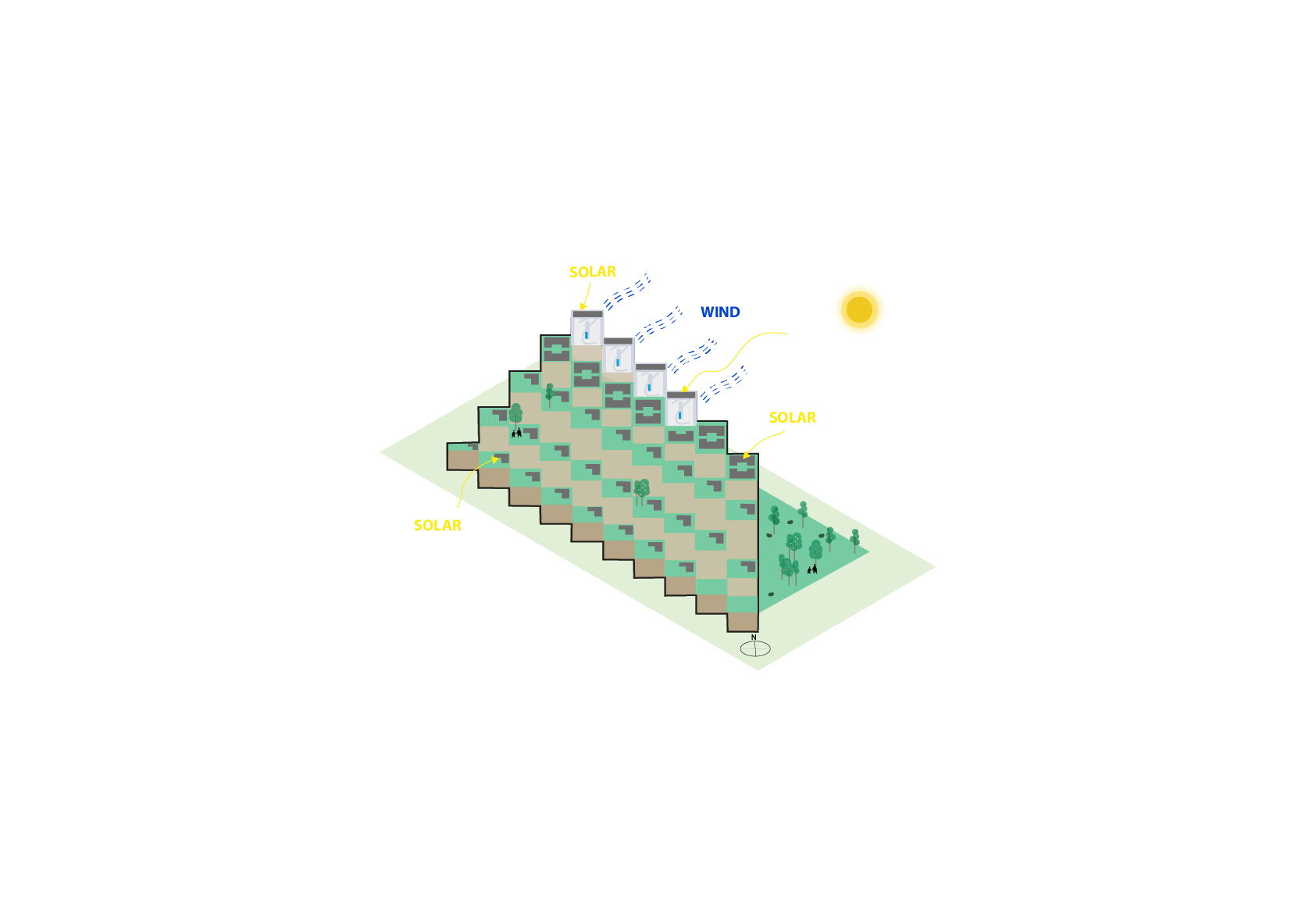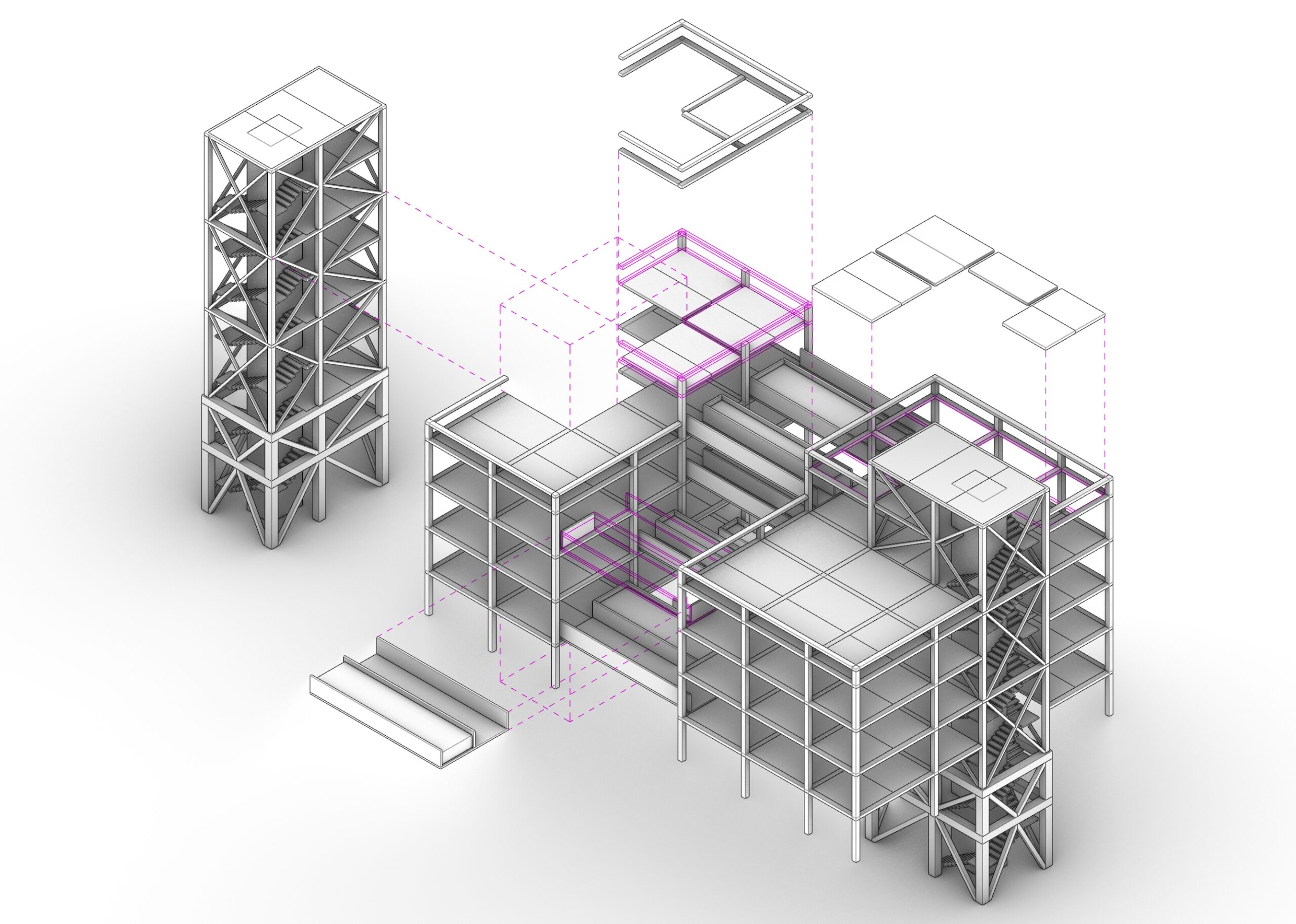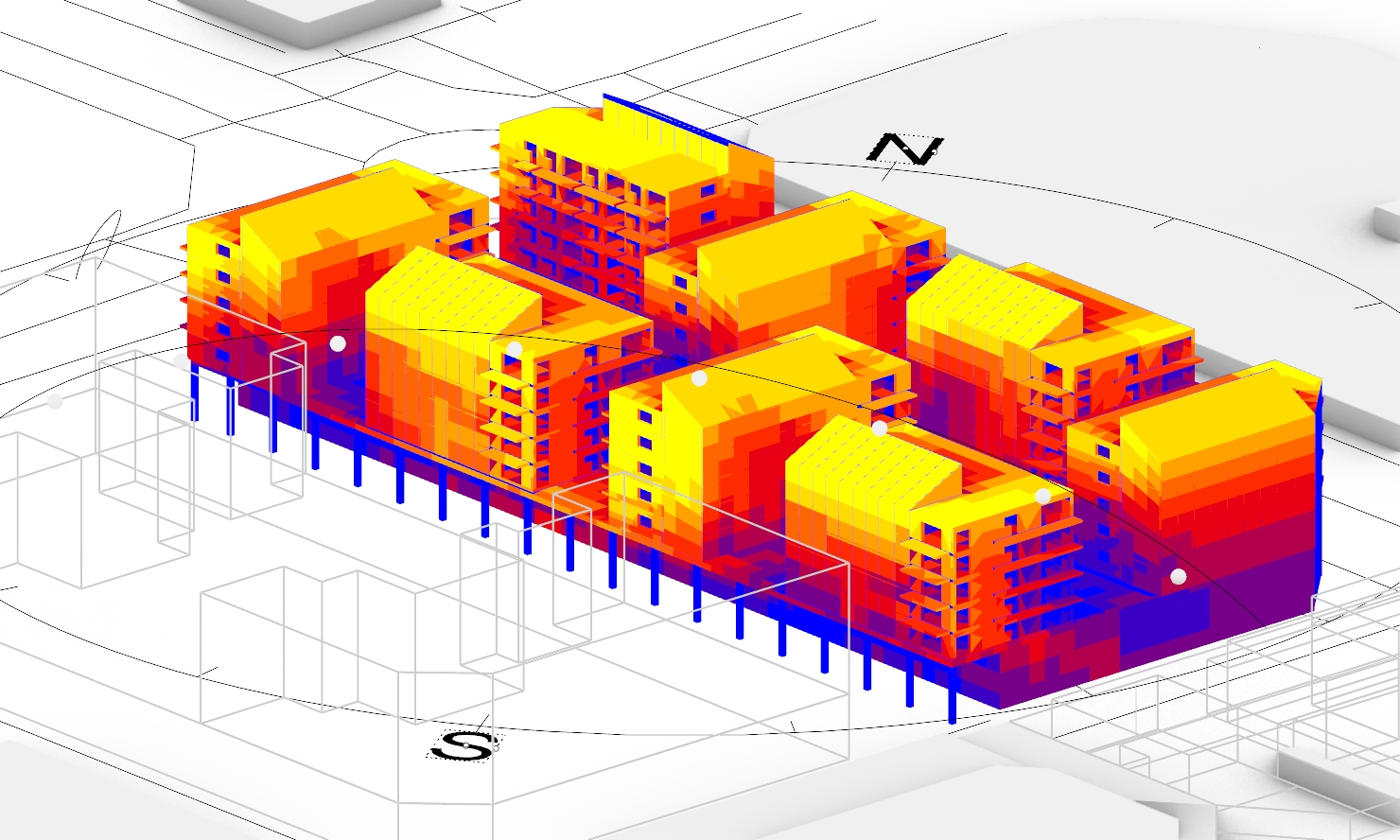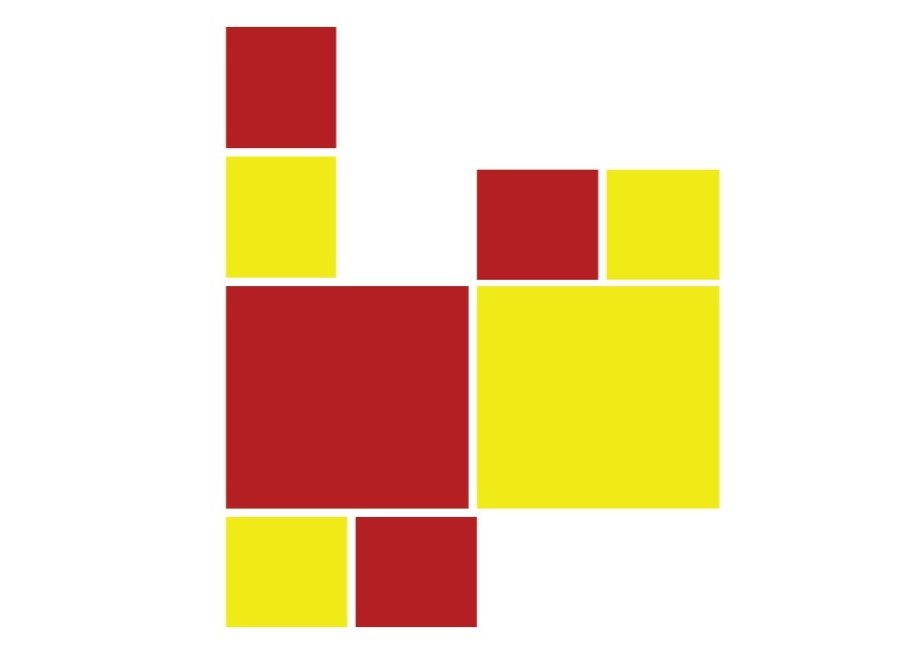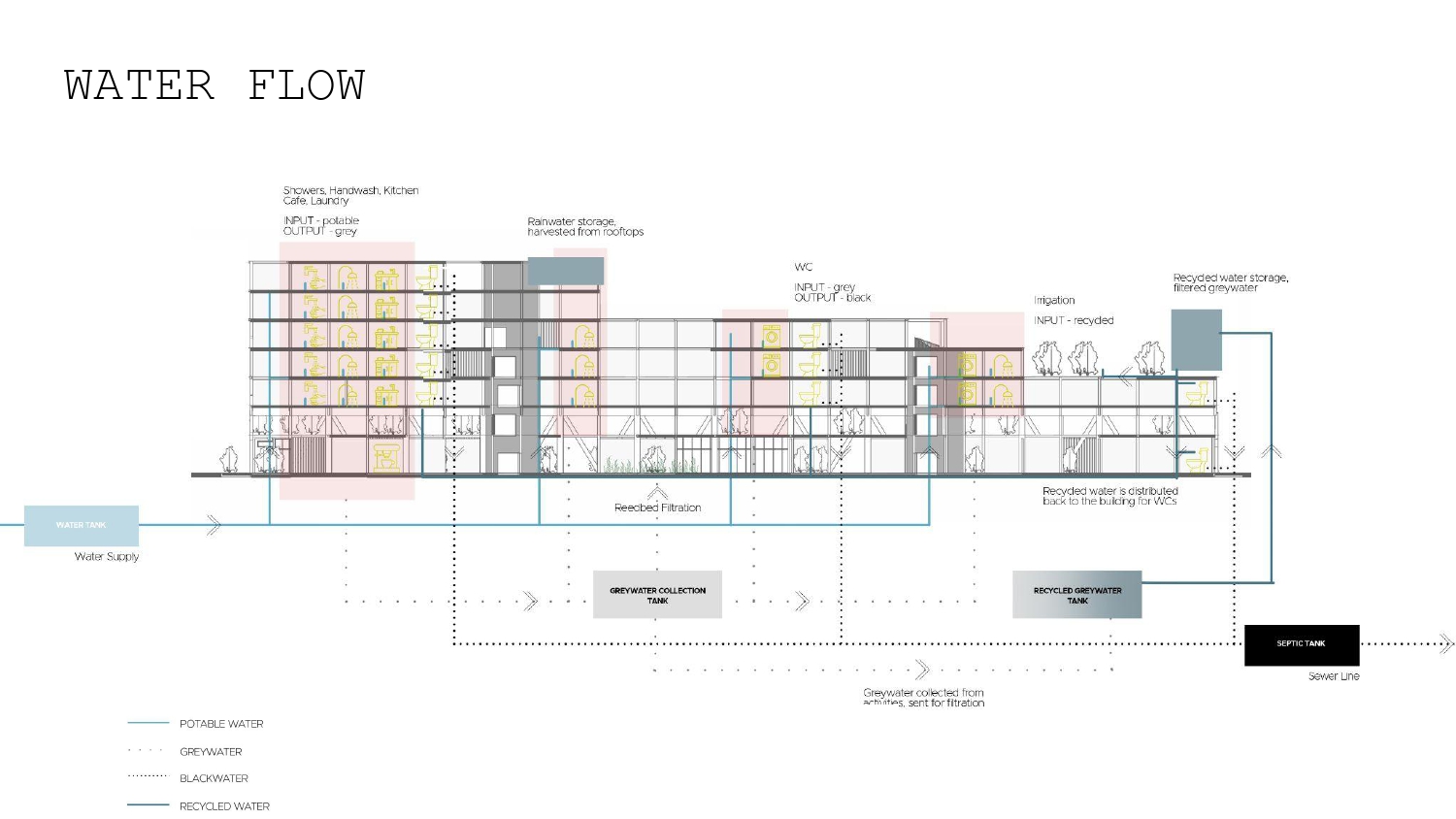Ecological Intelligence 1. Trimester 2024/25
In our seminar with Michael Salka and Mariano Gomez Luque, we explored the meaning of ecology and the multifaceted challenges of sustainability, materiality and humanity’s relationship with the planet. Over eight weeks, we delved into two distinct but deeply connected approaches to build with ecological thinking and addressing climate change as well as envisioning a … Read more

